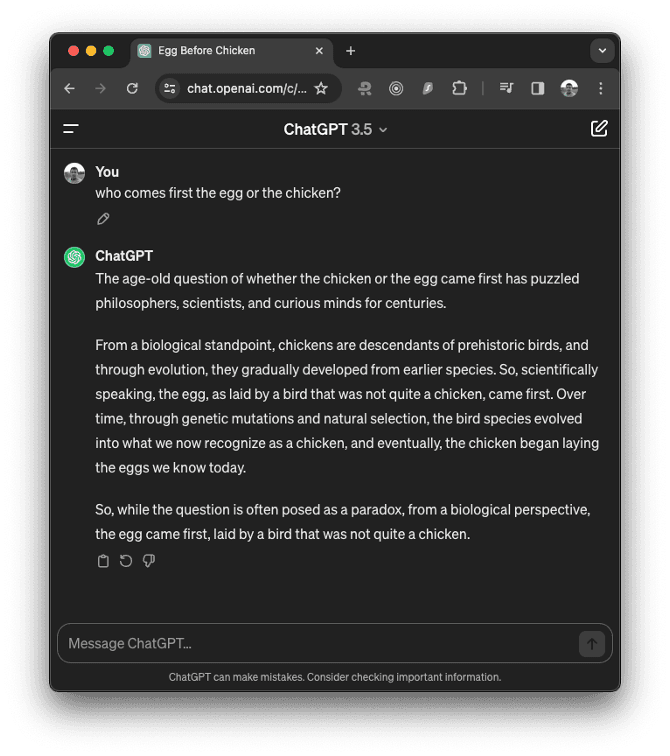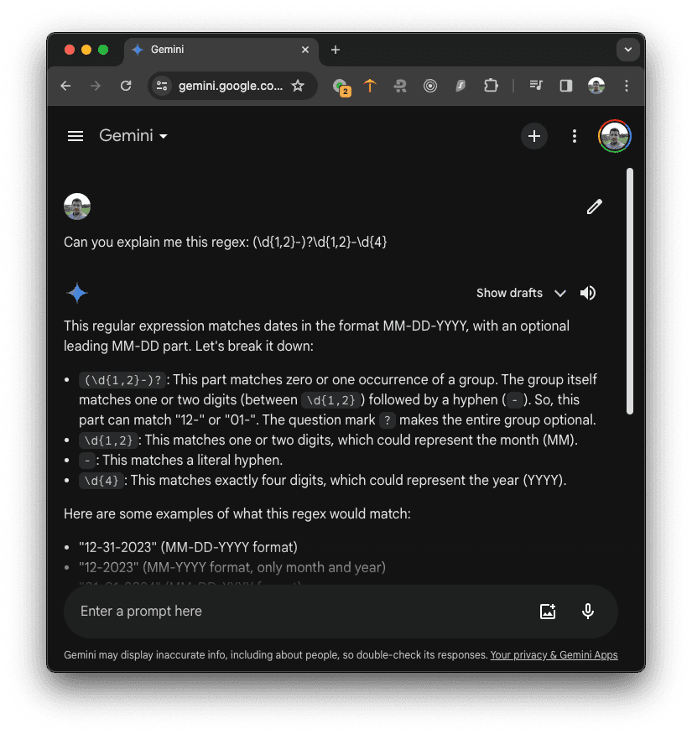
Unveiling the Evolution of Generative AI - Part 1
In the realm of technological innovation, few advancements have sparked as much excitement and debate as Generative Artificial Intelligence (AI). Generative AI stands at the forefront of a revolution, wielding the power to autonomously create content that was once the exclusive domain of humans. From the early rule-based systems of the 1950s to today's advanced neural networks, the journey of Generative AI has been nothing short of spectacular. In this first part, we will look into the history and development of Generative AI through the ages.
What is Generative AI?
At its core, Generative AI involves sophisticated algorithms and models capable of producing new, original content. This can range from text and images to music and videos, all by learning from patterns in existing data. The potential applications are as vast as the imagination, touching upon everything from art and entertainment to science and healthcare.
The Milestones of Generative AI: A Journey Through Innovation
The evolution of Generative AI can be divided into distinct eras, each marked by groundbreaking developments:
1950s-1960s: The inception phase focused on rule-based systems for pattern generation.
1970s-1980s: Improved rule-based approaches emerged, mimicking human expertise in specific domains.
1990s: The advent of probabilistic models and Markov chains.
2000s: Introduction of Bayesian networks and Monte Carlo methods.
2010s: Deep learning and Generative Adversarial Networks (GANs) revolutionized content generation.
2020s: Transformer models like GPT and diffusion techniques brought exponential improvements in language and image generation.
The Pioneers
ELIZA (1966): One of the earliest forays into conversational AI, ELIZA was a chatbot that mimicked a Rogerian psychotherapist, utilizing pattern matching and scripted responses to engage in text-based interactions. Its creation marked a significant moment in the exploration of human-computer interaction.
AARON (1973): Pushing the boundaries of computer-generated art, AARON was a program designed to autonomously create abstract drawings. From its humble beginnings with simple line drawings, it evolved to craft complex compositions, highlighting the potential for AI in the realm of art.
The 2000s: A Surge of Innovation
Evolvotron (2002): This open-source program revolutionized digital imagery by using genetic algorithms to evolve populations of pixels, allowing users to generate both abstract and naturalistic images. It represented a significant step forward in creative applications of AI.
Google's DeepDream (2015): With its neural network visualization technique, DeepDream produced psychedelic images by amplifying detected patterns. This not only captivated the imagination but also demonstrated the generative capabilities and artistic potential of deep learning models.
Recent Years: Transforming Everyday Interactions
OpenAI's GPT (2018-present): Beginning in 2018, GPT redefined text generation, creating human-like text from input prompts and even generating code. Its advanced language generation capabilities made it a game-changer in AI, capturing global attention.

DALL-E (2021-present): By generating images from textual descriptions, DALL-E blurred the lines between language and visual creativity, producing novel and varied images based on user prompts.

The Dawn of Conversational AI
Gemini (Google Bard) (2023-present): As a chatbot capable of simulating human conversations through natural language processing and machine learning, Gemini represented a leap forward in making AI more relatable and versatile.

Microsoft Copilot (2023-present): This chatbot, able to cite sources, craft poems, and create music, demonstrated the expanding capabilities of AI in creative writing and beyond.
The Next Frontier: Video Generation
Sora (2024): Marking a new era in video content creation, Sora can generate realistic and imaginative video scenes from text instructions, maintaining high visual quality and adherence to user prompts. This innovation opens unprecedented possibilities in digital storytelling and content creation.
Related articles

Naz Ersoy
Structure Meets Story: How Content Integration Shapes Global Experiences
Content has always been part of digital products, but in today’s complex global ecosystems, it’s no longer just about what gets published. For Naz Ersoy, Content Integration, it is the bridge that makes things work across tools, teams, languages, and experiences.
Dec 9, 2025

Vera Figueiredo
Agile Cambridge 2025: A Human-Centred Journey into Agility, AI, and Collaboration
When Vera Figueiredo, Scrum Master, stepped into Agile Cambridge 2025, she wasn’t just attending another industry event. She was entering a space that felt alive, buzzing with curiosity, openness, and a genuine willingness to share.
Dec 2, 2025

Asad Ullah Khalid
Between Interfaces and Insight: A Frontend Story Built on Curiosity
In the world of Frontend Engineering, appearances can be deceiving. Ask Asad Ullah Khalid, and he’ll tell you: this field isn’t just about crafting “pretty UIs”, it’s a layered, evolving space that balances engineering, creativity, architecture, and empathy. It sits right at the intersection of user experience, backend logic, and business goals.
Nov 21, 2025